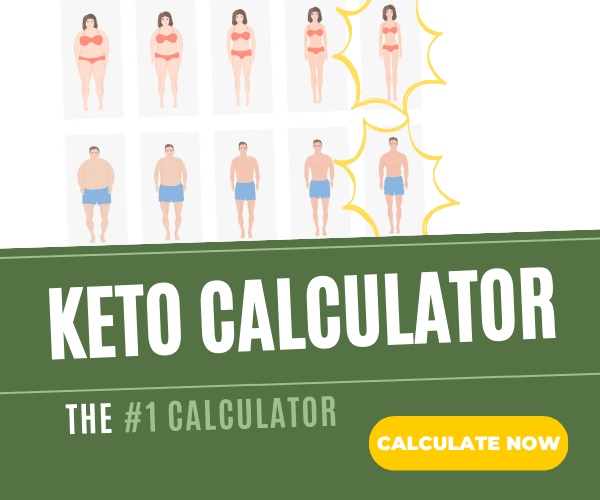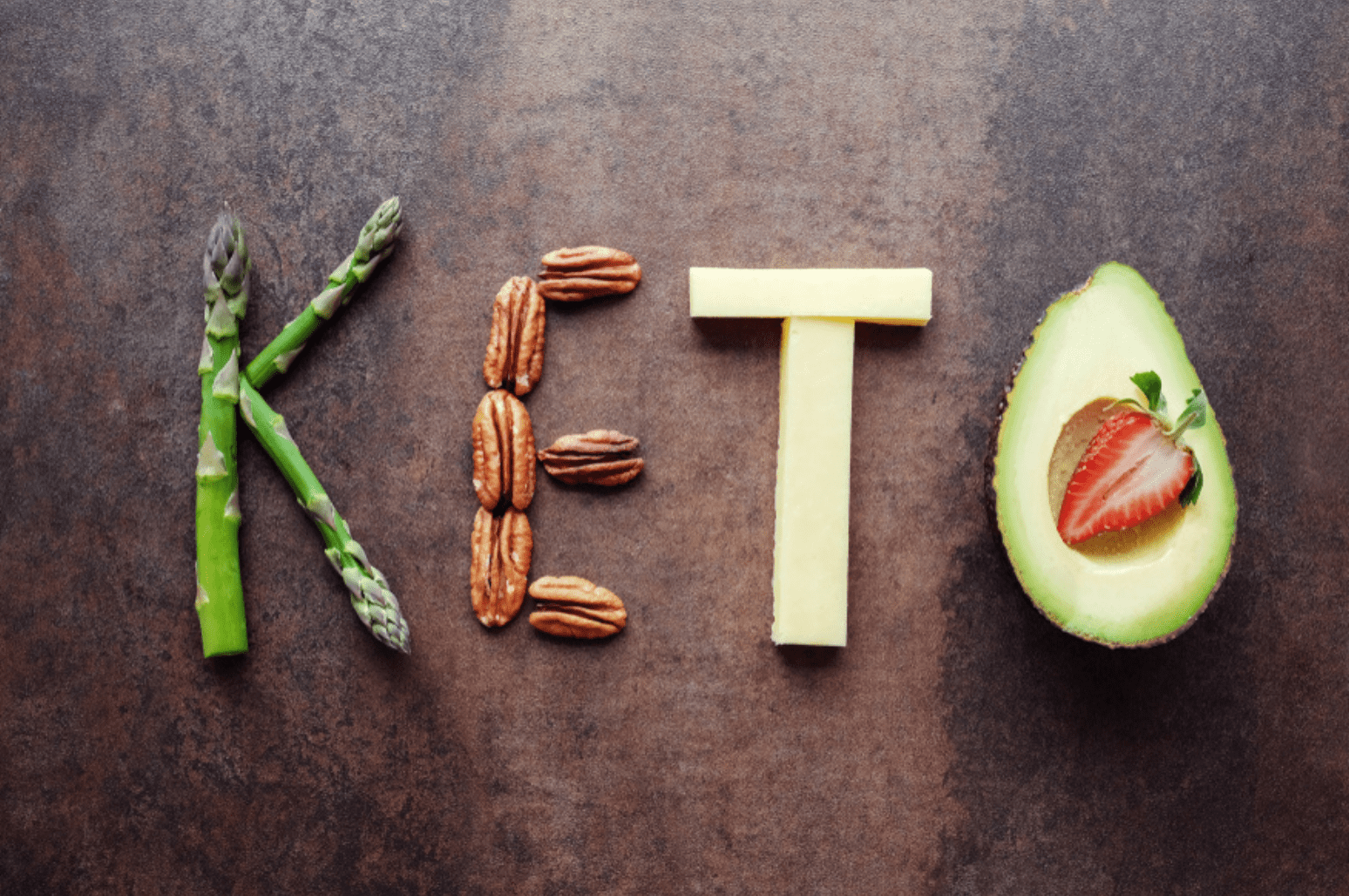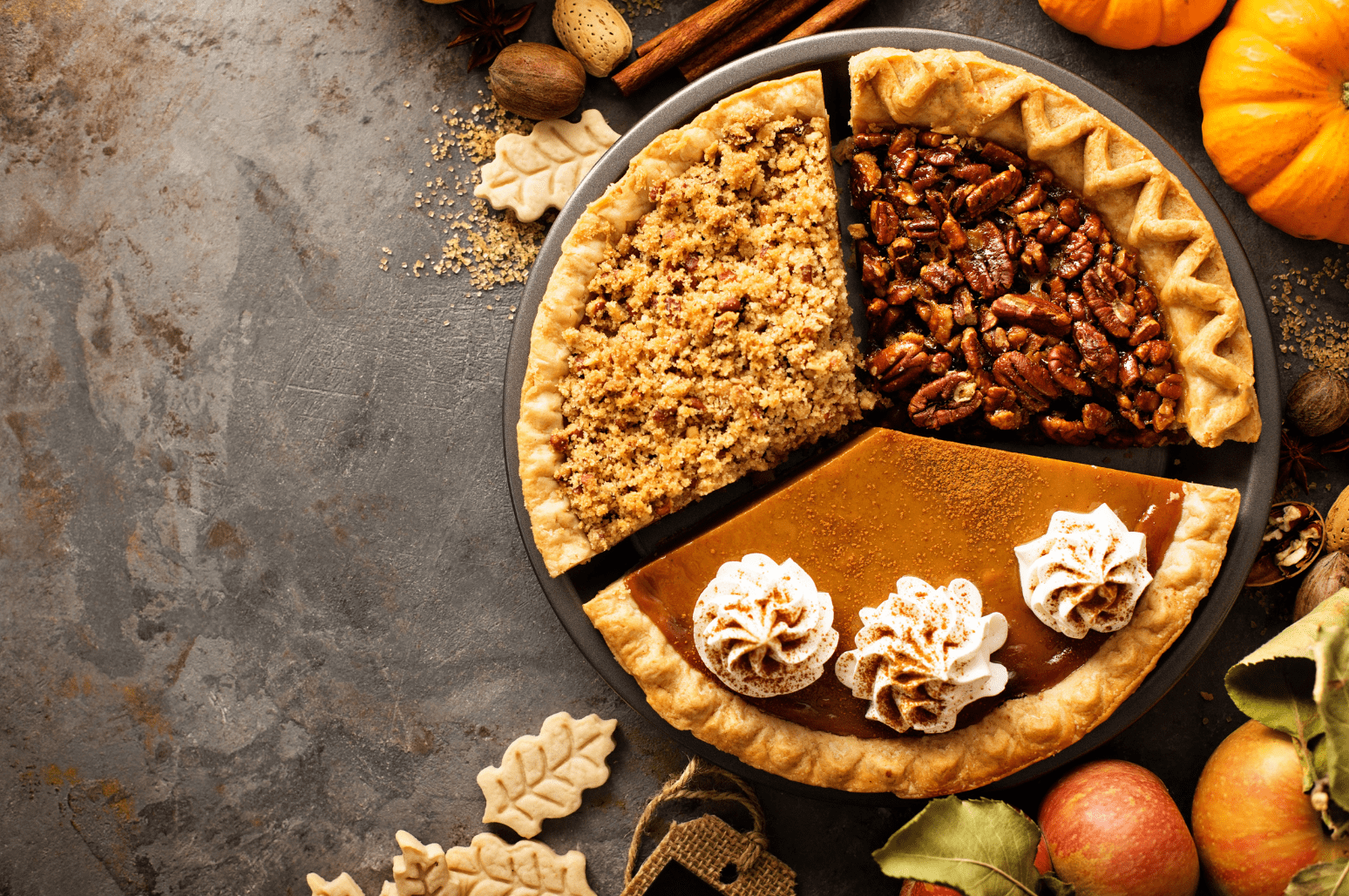
Are you exercising, sticking with keto-friendly recipes, and tracking your macros, but still feel like keto’s not working? It’s possible that you’re keto-ing too hard. That doesn’t seem fair, but luckily, once you spot the signs that you’re keto-ing too hard, you can make some simple adjustments to your diet.
How Should You Feel on Keto?
Your best friend says, “I never felt more alive than when I was on keto.” But your brother says, “I started keto and felt ill. What gives?” How can the keto diet cause such dramatically different experiences?
Shifting into ketosis is a huge metabolic change, and it can affect people in different ways. A metabolic shift like this can create some unwanted side effects like headaches and nausea. These symptoms are often dubbed the keto flu. Luckily, the symptoms are short-lived. [1]
Bottom-line: not everyone feels the same way initially.
But once you’ve said adios to the keto flu, you’re likely to feel your best. It’s common to feel energized, less hungry, and more focused. You’re also more likely to experience balanced, stable moods sans blood sugar spikes. [2] [3]
It’s a good idea to familiarize with how you should feel, because if you don’t feel great, it can help you spot the red flags (listed below) faster.

18 Signs You’re Keto-ing Too Hard
What if you don’t feel great? The bad news is that you don’t feel great. The good news is that if you’re keto-ing too hard, it’s easy to make some quick adjustments to get back on track.
Remember, once you’re passed the keto flu, you shouldn’t feel bad. Here are the signs that it’s time to adjust your diet or exercise routine.
- Your period is AWOL.
- Your energy stores are zilch. In fact, you’ve never been more tired.
- You’re not gaining lean muscle mass. In fact, you don’t have energy to make it through your workout.
- You’re not losing weight.
- Your mood is less-than-stellar.
- You’re having trouble sleeping.
- Carb and sugar cravings are intense.
- Your libido is gone.
- Bloating is out of control.
- You’re never satisfied and always feel hungry.
- You’re avoid all carbs.
- Your hair is thinning.
- Your thyroid hormones aren’t balanced.
- You keep catching colds because your immune system is weakened.
- You buy ketone test strips in bulk… and it’s still not enough.
- You’re following the recipes, but you’re not in ketosis.
- You avoid social situations – and all restaurants – for fear of finding something “safe” to eat.
- You’re developing nutritional deficiencies.
What to Do If You’re Keto-ing Too Hard
If you’re nodding your head at those symptoms, you’re probably keto-ing too hard. That’s okay, though. Awareness is the first step, and now it’s time to make a few adjustments.
Here’s what you need to do:
Evaluate Your Workout Routine: Lower-intensity cardio (aerobic exercise) tends to burn more fat as fuel, while HIIT-style workouts tend to burn more sugar as fuel. This means that if you’re just getting into ketosis, several higher-intensity workouts could slam you with flu-like symptoms.
Don’t Skip the Strength Training: Strength-training workouts provide a metabolic spike long after your workout – whether you’re in ketosis or not – but research shows that strength training plus keto yields the highest fat burn. [4]
Don’t Skimp on the Protein: Protein is important in every well-balanced diet, including keto. But you need the right amount of protein. If you focus too much on high-quality fat and neglect your protein, you’ll quickly lose the energy to do almost anything. If you don’t eat enough protein, you’ll lose lean muscle mass. [5] Even more importantly, a lack of protein can weaken your immune system, increase your risk of developing diseases like cardiovascular disease, and contribute to hormone imbalances, thyroid problems, and hair loss. [6]
Make Sure You’re Eating Enough (but not too much): Even if you follow all keto-friendly recipes, it’s still important to stay within your calorie goals for the day – and that means avoiding undereating too. Remember extreme calorie restrictions slows down the metabolism and affect your menstrual cycle.
Focus on your Micronutrients Too: While you may feel like you’re following all of the keto rules, you may be lacking in micronutrients – vitamins and minerals. Important micronutrients include sodium, calcium, magnesium, and potassium. Be sure that your diet includes all of these.
Relax: It’s okay to go out and join your friends for dinner. Sometimes all it takes is choosing a restaurant with plenty of variety. Don’t be afraid to speak up and ask for a few dietary accommodations – such as a lettuce wrap instead of a bun.
Plan for the Obstacles
Keto is a lifestyle, which means if something isn’t working the way you thought it would, there are plenty of opportunities to tweak your diet and get it right. Even though keto promotes weight loss and overall good health, each person’s journey with keto is unique. Take each obstacle as a learning opportunity and keep moving forward.
References
Masood, Wajeed. “Ketogenic Diet.” StatPearls [Internet]., U.S. National Library of Medicine, 21 Mar. 2019.
Gibson, A. A., et al. “Do Ketogenic Diets Really Suppress Appetite? A Systematic Review and Meta?Analysis.”Wiley Online Library, John Wiley & Sons, Ltd (10.1111), 17 Nov. 2014.
Prins, Mayumi L, and Joyce H Matsumoto. “The Collective Therapeutic Potential of Cerebral Ketone Metabolism in Traumatic Brain Injury.” Journal of Lipid Research, The American Society for Biochemistry and Molecular Biology, Dec. 2014.
Vargas, Salvador, et al. “Efficacy of Ketogenic Diet on Body Composition during Resistance Training in Trained Men: a Randomized Controlled Trial.” Journal of the International Society of Sports Nutrition, BioMed Central, 9 July 2018.
Veldhorst, MA. “Gluconeogenesis and Energy Expenditure after a High-Protein, Carbohydrate-Free Diet.” American Journal of Clinical Nutrition, Sept. 2009.
Veldhorst, MA. “Gluconeogenesis and Energy Expenditure after a High-Protein, Carbohydrate-Free Diet.” American Journal of Clinical Nutrition, Sept. 2009.










Hi ,whenever I cook a roast dinner for the family I normally go without the potatoes and Yorkshire puddings, I eat everything else , but on the odd occasion have 1 potato and a small Yorkshire, is it ok to have the odd treat ? Regards John .